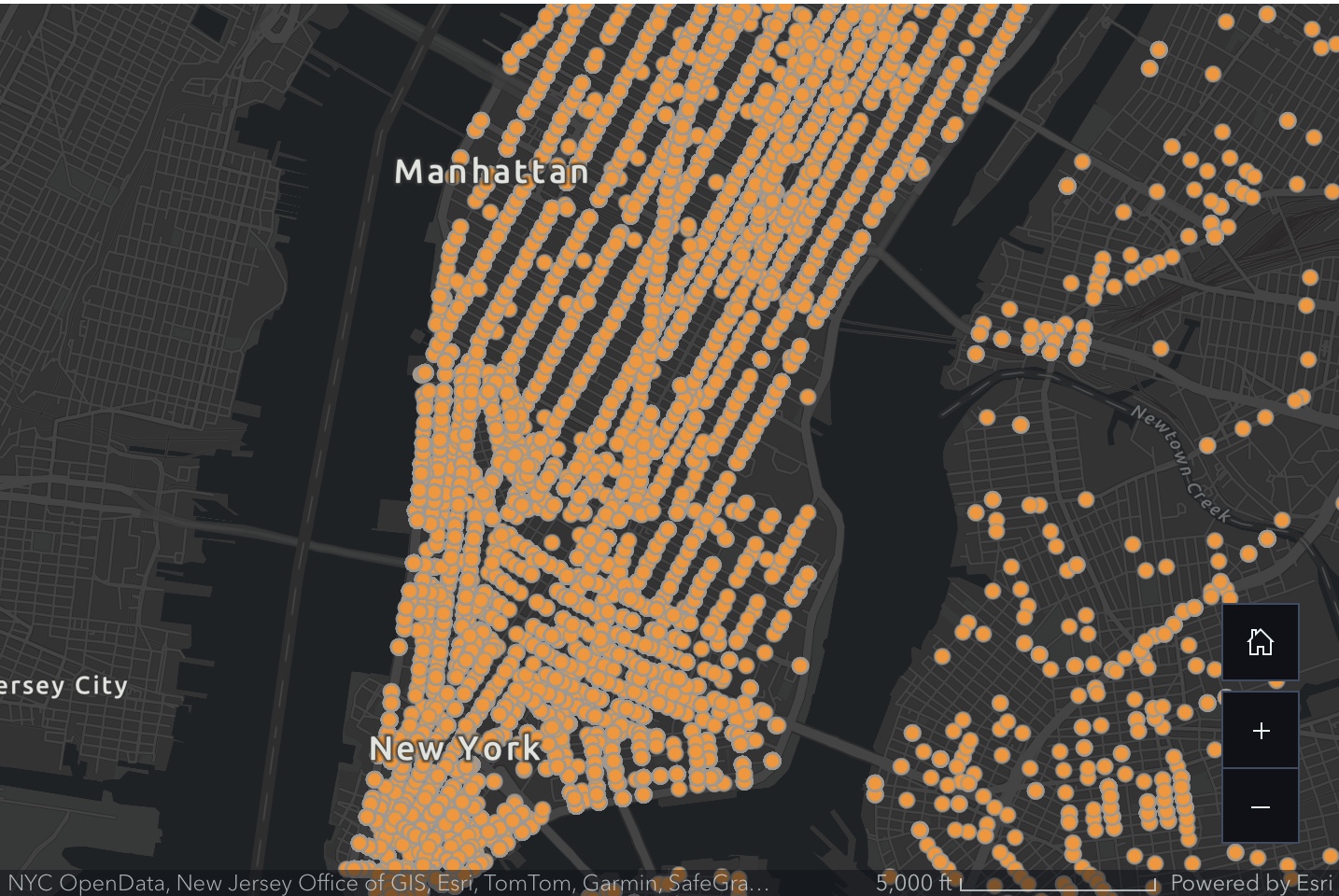HistoryMap
HistoryMap is an innovative geospatial platform that connects places with their 200-year historical timeline through curated images and interactive mapping technology. This data visualization project transforms how we explore urban evolution by overlaying historical photographs, documents, and stories onto modern geographic interfaces, creating immersive journeys through time and space.
Temporal Data Visualization
The platform employs advanced data visualization techniques to represent historical information across both spatial and temporal dimensions, allowing users to explore how locations have transformed over two centuries. Using interactive timelines, heat maps, and layered geographic data, the system reveals patterns of urban development, demographic changes, and cultural evolution. The visualization framework processes thousands of historical records, photographs, and documents to create coherent narratives that span decades and centuries of change.

Geospatial Storytelling
HistoryMap transforms traditional historical research by embedding stories directly into geographic contexts, enabling users to discover narratives by exploring specific locations rather than following linear timelines. The platform curates historical images, newspaper clippings, personal accounts, and official records, then geographically anchors them to create location-based storytelling experiences. This approach reveals hidden connections between places and events, allowing users to understand how historical forces shaped specific neighborhoods, buildings, and landscapes over time.

Research and Discovery
The platform serves as both a research tool for historians and an accessible discovery platform for the general public, democratizing access to historical information through intuitive geographic interfaces. Advanced search capabilities allow users to filter by time periods, themes, or geographic areas, while machine learning algorithms suggest related content and identify patterns across large datasets. The system has facilitated new historical research by revealing previously unknown connections between events and locations, while also engaging broader audiences in local history through interactive exploration.

